Emily noted that aardvarks made numerous burrows across the western Kalahari landscape but only used these burrows for short periods of time before abandoning them to dig new ones. Other creatures in the ecosystem, such as mongoose and warthogs, later use the abandoned burrows. “So, while a mongoose family or a warthog lands a home they didn’t have to dig themselves, the aardvarks gain nothing from this relationship” outlines Emily, adding “I found this especially interesting as I discovered it while reviewing images from our camera traps.”
In this case, aardvarks act as a keystone species, playing a vital role in keeping the ecosystem functioning by digging these burrows that are later on used by other species that are unable to make these but definitely they need them. Thus, it goes without saying that the importance of aardvarks in the region makes their conservation beneficial to the wellbeing of other species in a way many might not consider. The Tarleton State University and CCB teams are working hand in hand to collect information about aardvarks and the role they play in supporting the ecosystem.

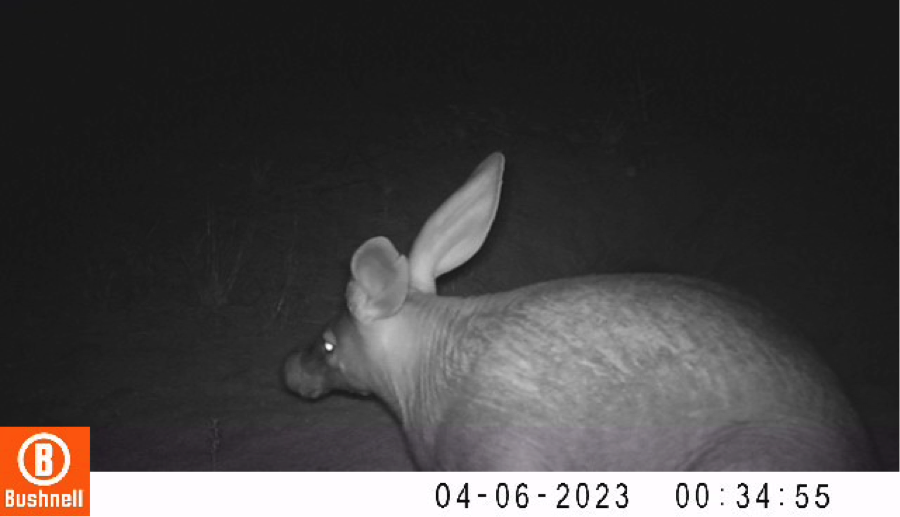
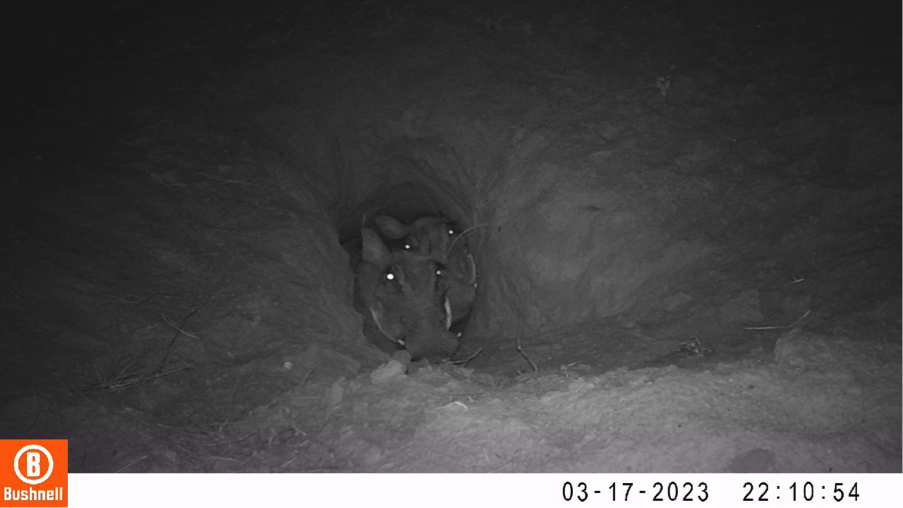
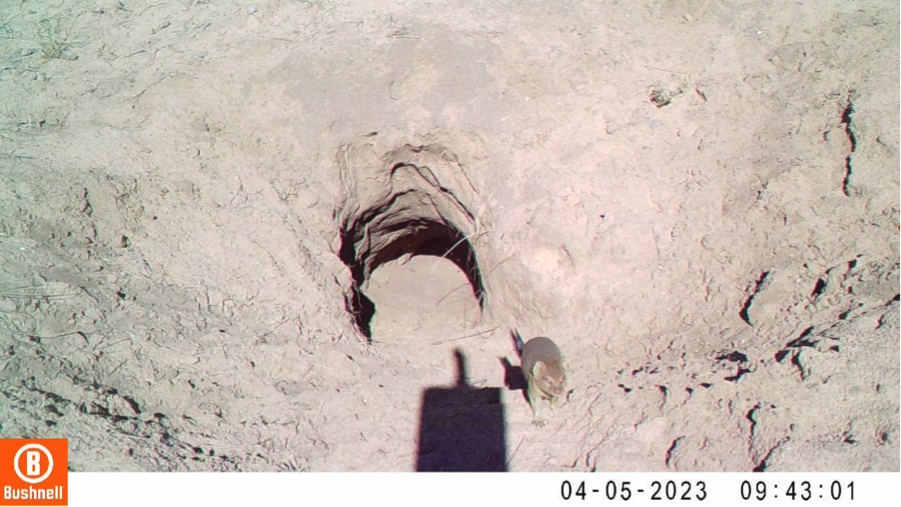
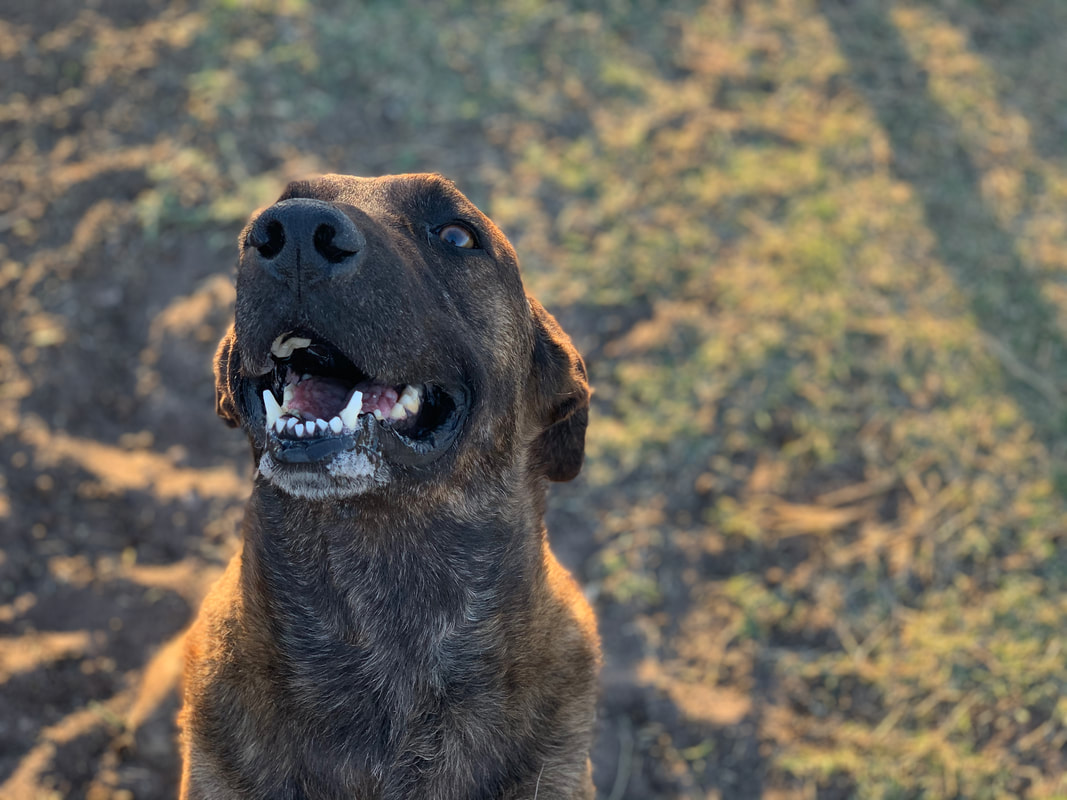
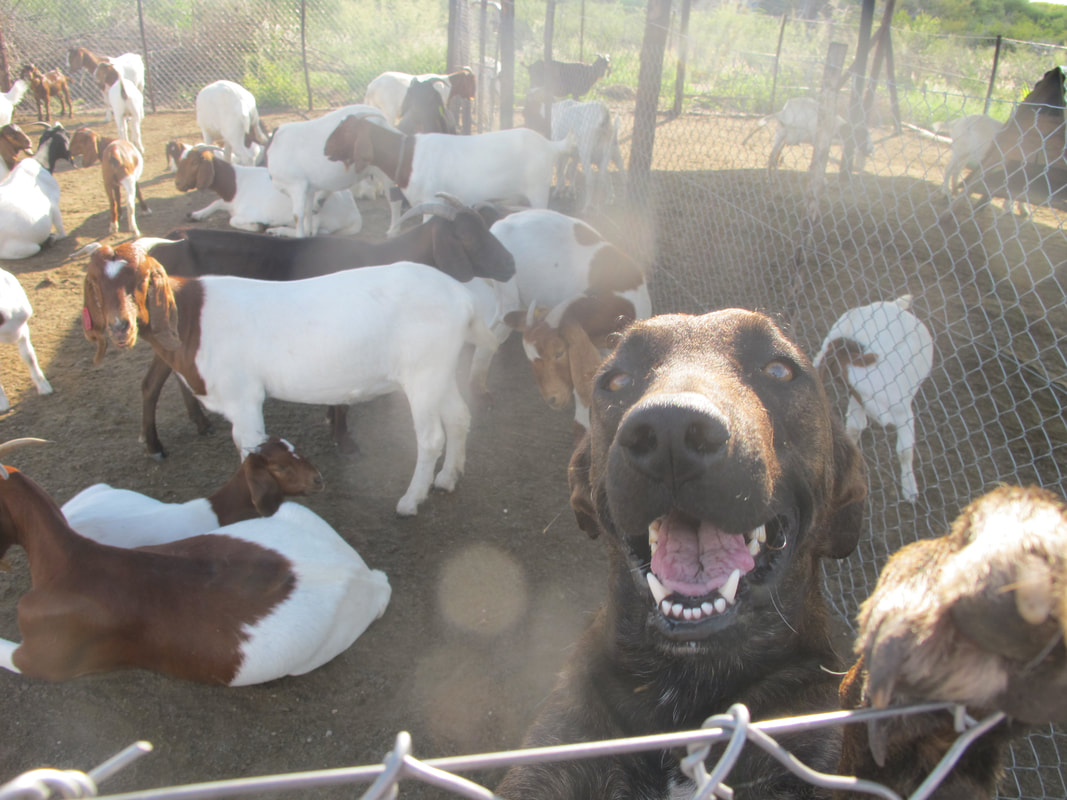
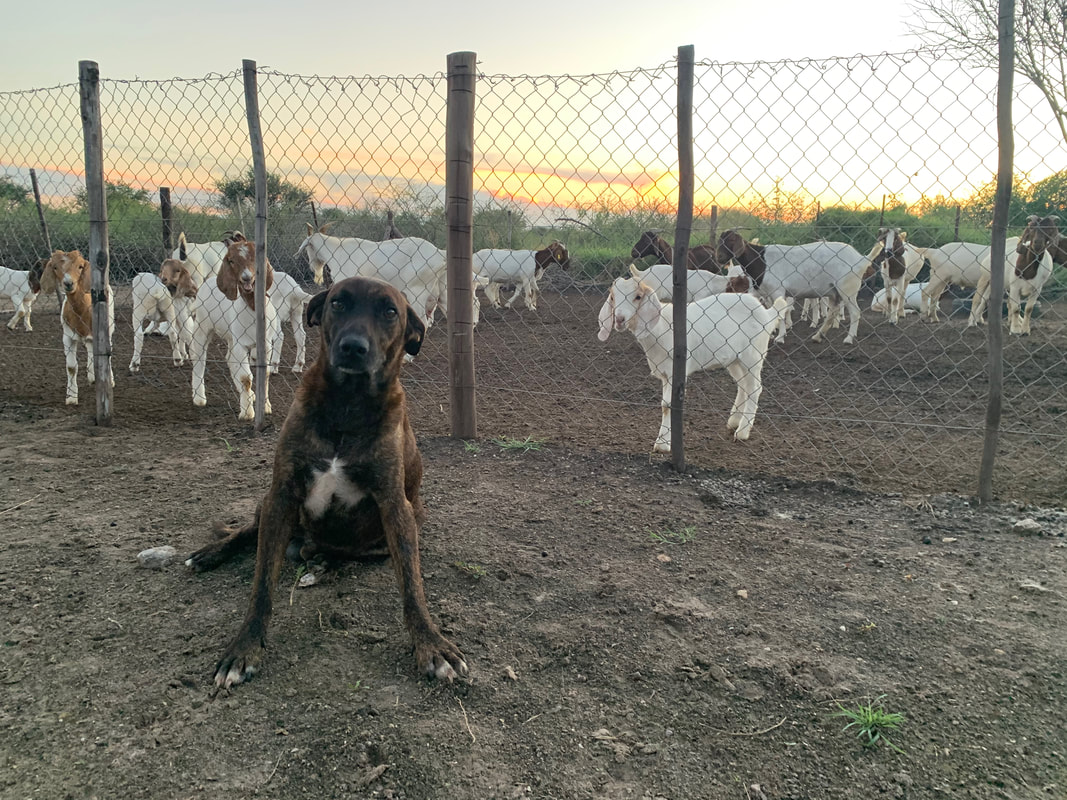


 RSS Feed
RSS Feed
